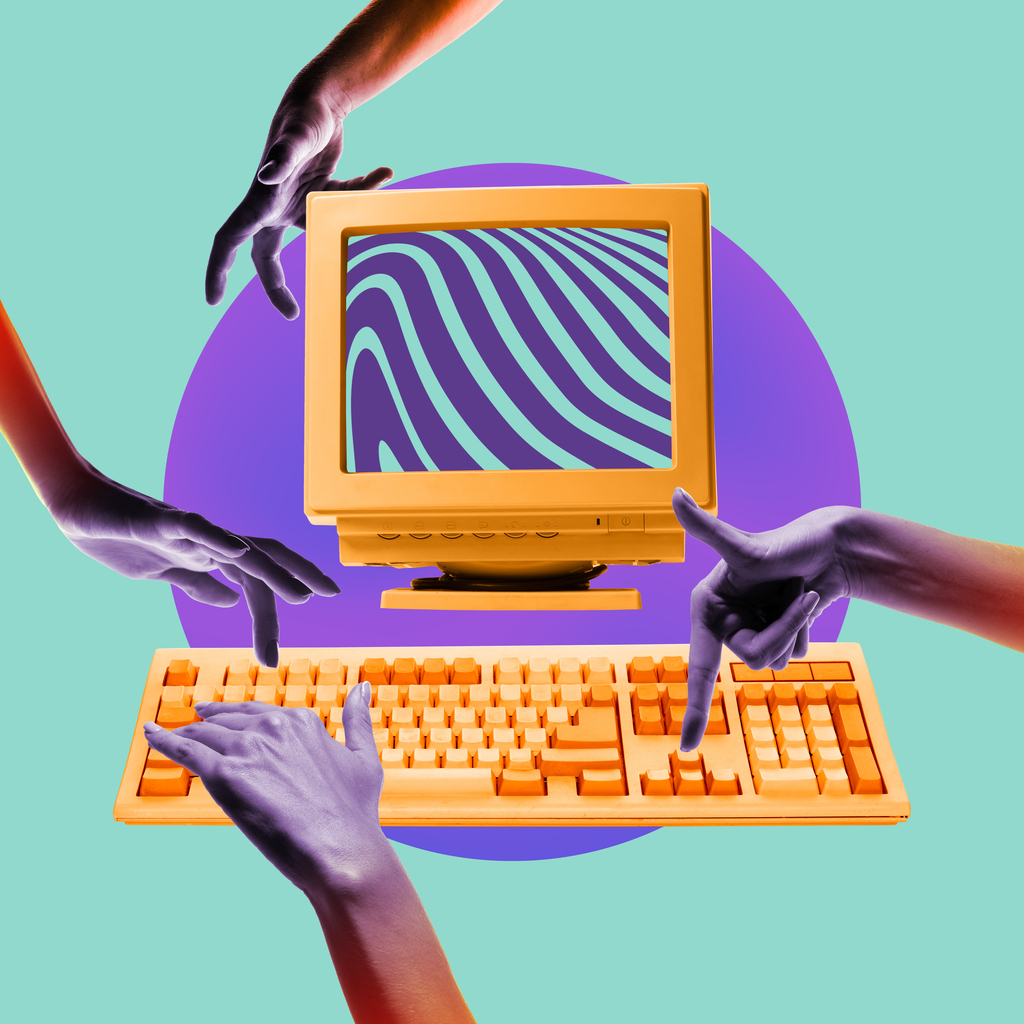Excavating Amnesia: A Media Archaeology of Early Internet Art from Singapore
July 9, 2025
Since the 1980s, Singapore has harnessed digitalisation efforts through a series of master plans, envisioning technology as both a tool for social control and an economic booster. The state’s investment in and renewal of infocommunication infrastructures have laid the foundation for new media art practices emerging on the internet. In ‘Excavating Amnesia: A Media Archaeology of Early Internet Art from Singapore’ (Southeast of Now: Directions in Contemporary and Modern Art in Asia, 2023), Johann Yamin and Dr. Alex Mitchell (NUS Communications and New Media) use Jussi Parrika’s interpretation of media archaeology to analyse two early instances of Singaporean internet art. Media archaeology investigates new media cultures by examining past media, and challenges the notion of new media as a timeless realm that explains itself.
Works in the Lin Hsin Hsin Art Museum, the world’s first virtual museum, were first analysed. Among these works is Ocarina, a three-dimensional digital object featured in the 1997 version of the Electronic Gallery. The listing of Ocarina’s name, year, material, and description mimics physical museum conventions, ironically asserting traditional musicological norms to convey new media art’s cutting-edge nature. The museum’s framing underscores the lack of historical connections for Singapore’s new media art. Lin’s self-authored articles and rapid production suggests a significant effort for her new media work to enter art history, hence signifying an early anxiety about the blurring of reality and the virtual. Lin’s works were one of the few analogous artistic practices with technology during that time period, further dissociating the internet from dominant art. Nevertheless, her adoption of technological apparatuses coincides with IT2000, a government initiated digital masterplan, notions of an “electronic creative village”, and delineates a linear path of progression for technology and innovation.
The researchers find parallels in the reception of tsunamii.net’s alpha 3.4, which was part of a physical exhibition in Kassel, Germany, exploring the physicality and infrastructural politics of the internet. As an internet work, its use of technology was underappreciated by artistic audiences. Writings on alpha 3.4 were riddled with mistakes, and it was caught between the discourses of art and technology, causing the net.art movement to be overlooked in art history despite major institutional shows across countries, including Singapore.
In conclusion, the article explores the strategic amnesia surrounding new media art in Singapore, emphasising the challenges in tracing its lineage. As new media art increasingly merges with contemporary practices, the researchers aim to spotlight discussions on the often overlooked lineages of Singapore’s new media art.
Read the article here.

